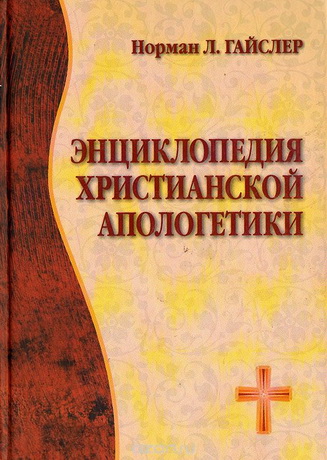
Baskin - Cambridge Dictionary of Judaism and Jewish Culture
Judith R. Baskin - Cambridge Dictionary of Judaism and Jewish Culture
New York: Cambridge University Press, 2011. – 1164 p.
ISBN 978-0521825979
The Cambridge Dictionary of Judaism and Jewish Culture is an authoritative and accessible reference work for a twenty-first-century audience. Its entries, written by eminent scholars, define the spiritual and intellectual concepts and the religious movements that distinguish Judaism and the Jewish experience. They cover central personalities and places, formative events, and enduring literary and cultural contributions, and they illuminate the lives of ordinary Jewish women and men. Essays explore Jewish history from ancient times to the present and consider all aspects of Judaism, including religious practices and rituals, legal teachings, legendary traditions, rationalism, mysticism, and messianism. This reference work differs from many others in its broad exploration of the Jewish experience beyond Judaism. Entries discuss secular and political movements and achievements and delineate Jewish endeavors in literature, art, music, theater, dance, film, broadcasting, sports, science, medicine, and ecology, among many other topics from the ancient Near East to the Internet.
Judith R. Baskin is Philip H. Knight Professor of Humanities and Associate Dean for Humanities in the College of Arts and Sciences at the University of Oregon. Her books include Pharaoh's Counsellors: Job, Jethro, and Balaam in Rabbinic and Patristic Tradition (1982) and Midrashic Women: Formations of the Feminine in Rabbinic Literature (2002). She is the editor of Jewish Women in Historical Perspective (1991; 2nd edition, 1998) and Women of the Word: Jewish Women and Jewish Writing (1994) and is coeditor of The Cambridge Guide to Jewish History, Religion, and Culture (with Kenneth Seeskin, 2010), which received the 2010 National Jewish Book Award for anthologies and collections.
* * *
Montefiore, Moses Haim (1784–1885)
was a British businessman, communal leader, and philanthropist who was revered for his interventions to assist Jewish communities in *Eastern Europe and Muslim lands. Although born in Livorno, Montefiore came from a family of Anglo-Italian merchants already well established in London. His cosmopolitan roots in the western *Sephardi Diaspora informed his Jewish activism and belie his popular image as the quintessential English Jew. Montefiore made a fortune on the stock exchange, thanks partly to his marriage to the wealthy, *Ashkenazi JUDITH BARENT COHEN (1784–1862), whose brother-in-law Nathan *Rothschild became a close associate. In later life the Rothschild connection added greatly to Montefiore's influence, but his fame as a humanitarian in the non-Jewish world owed much to business connections forged with evangelical and nonconformist Christians.
In his forties, Montefiore cut back his business activity before embarking for *Palestine with Judith in 1827. This life-changing pilgrimage inspired Montefiore's second career as a communal leader, as well as Judith's growing confidence as a pioneering Anglo-Jewish writer. In all, Montefiore made seven visits to Palestine; the last one was in 1875 when he was ninety. Montefiore devoted the 1830s to campaigning for Anglo-Jewish emancipation; to this end he served as Sheriff of the City of London, an office that brought him a knighthood. Although he served as president of the Board of Deputies for British Jews for some forty years (see BRITAIN: EARLY MODERN AND MODERN), his role in Jewish communal politics was controversial. He was widely blamed for the bitter divide that developed in Britain between *Reform and mainstream Judaism. Meanwhile, Montefiore's high-profile foreign missions (accompanied by Judith) brought the couple growing celebrity. The intersection between Jewish interests and British imperialism ensured that they had their greatest success in the Muslim world, where Montefiore's intervention in the *Damascus Affair (1840) and their mission to Morocco (1864) elicited formal commitments to protect local Jews. Missions to *Russia (1846), Rome (1859), and *Romania (1867) had less direct impact, but contributed to the globalization of modern Jewish consciousness.
Montefiore's long-standing commitment to Palestine also proved pivotal in this regard. His second visit (1839) has attracted particular attention because of Montefiore's precocious scheme to promote Jewish agricultural colonization, a project more influenced by contact with British antislavery activists than an explicitly nationalist agenda. Judith's account of the expedition (1844) became a central reference in debates about the introduction of productive industries in Palestine, although the scheme foundered as did later agricultural and industrial initiatives. Only the windmill and almshouses Montefiore built outside the Old City survived to become symbols of modern *Jerusalem.
All these activities were facilitated by Montefiore's innovative *philanthropy. Through the Holy Land Relief Fund (1855) and the Persian Famine Relief Fund (1872) he pioneered subscription fundraising in a global, Jewish context; however, he left nothing substantial to the early *Zionists who raised money in his name. The only charitable institution Montefiore founded was the Judith Lady Montefiore Theological College in Ramsgate, in memory of his wife. Their loving marriage had been marred by infertility. She found expression through publishing her travel diaries and compiling the first ever Jewish *cookbook (1846); rumours of illegitimate children suggest this profoundly religious man may have sought comfort in extramarital affairs. A recent study is A. Green, Moses Montefiore: Jewish Liberator, Imperial Hero (2010).
Abigail Green
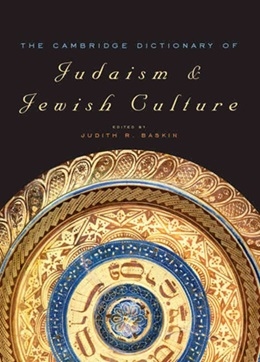
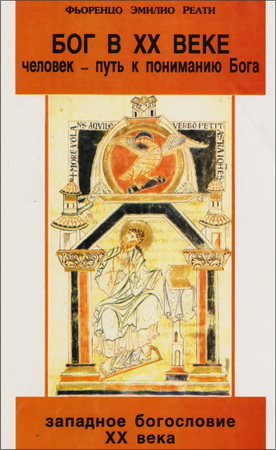
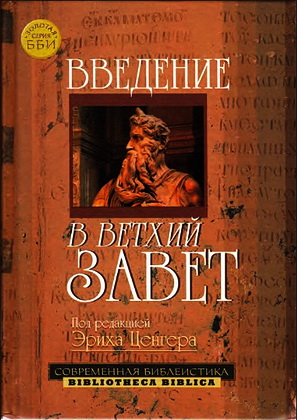
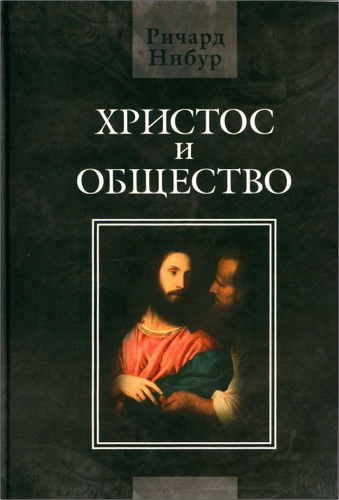
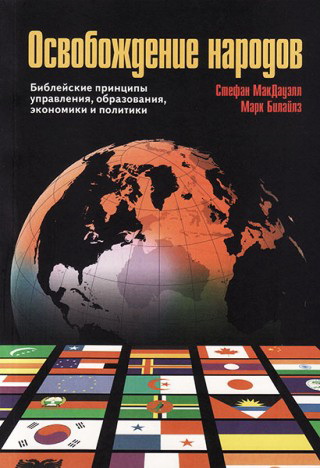
Комментарии
Пока нет комментариев. Будьте первым!